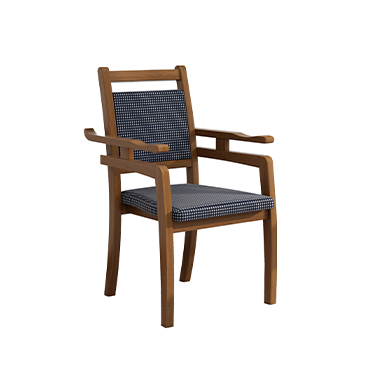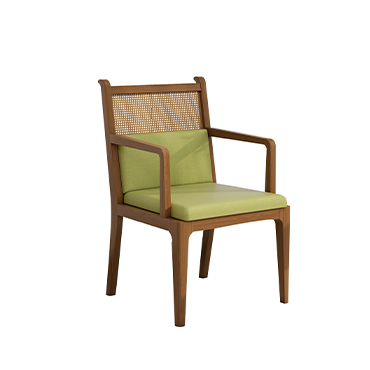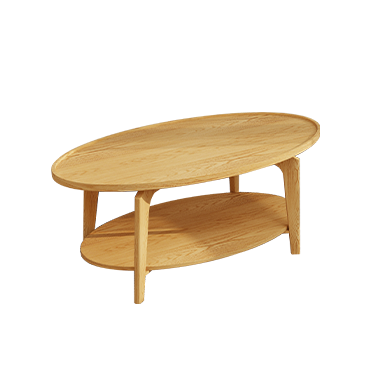Elderly-Friendly Furniture Trends Amid Global Aging: Opportunities and Growth in the Elderly Care Market
With global aging trends accelerating, countries around the world are facing dramatic demographic shifts. According to UN projections, by 2050, over 2 billion people will be aged 60 or older, making up more than 22% of the global population. While this poses challenges for social systems, it also creates massive opportunities—particularly in the fast-growing elderly care industry, especially the elderly-friendly furniture market.
In developed nations like the U.S., Japan, and many in Europe, elderly furniture solutions are already well-developed, featuring products such as nursing beds, mobility-assist chairs, and barrier-free furniture. Meanwhile, in emerging economies such as China, India, and Brazil, rising income levels and an aging population are driving increased interest in high-quality elderly-friendly products.
Today’s elderly furniture is about more than safety—it’s about lifestyle. Products are becoming smarter, more adaptable, and more attractive. Innovations such as sensor-integrated adjustable beds, voice-activated lift chairs, and space-saving multifunctional stools are gaining global attention. These features not only help seniors live more comfortably but also enhance the aesthetics of modern homes.
China’s role as a key manufacturer is growing as well. More and more companies are exporting elderly-friendly furniture through cross-border e-commerce, independent websites, and international trade shows, making Chinese brands visible in aging societies around the world.





